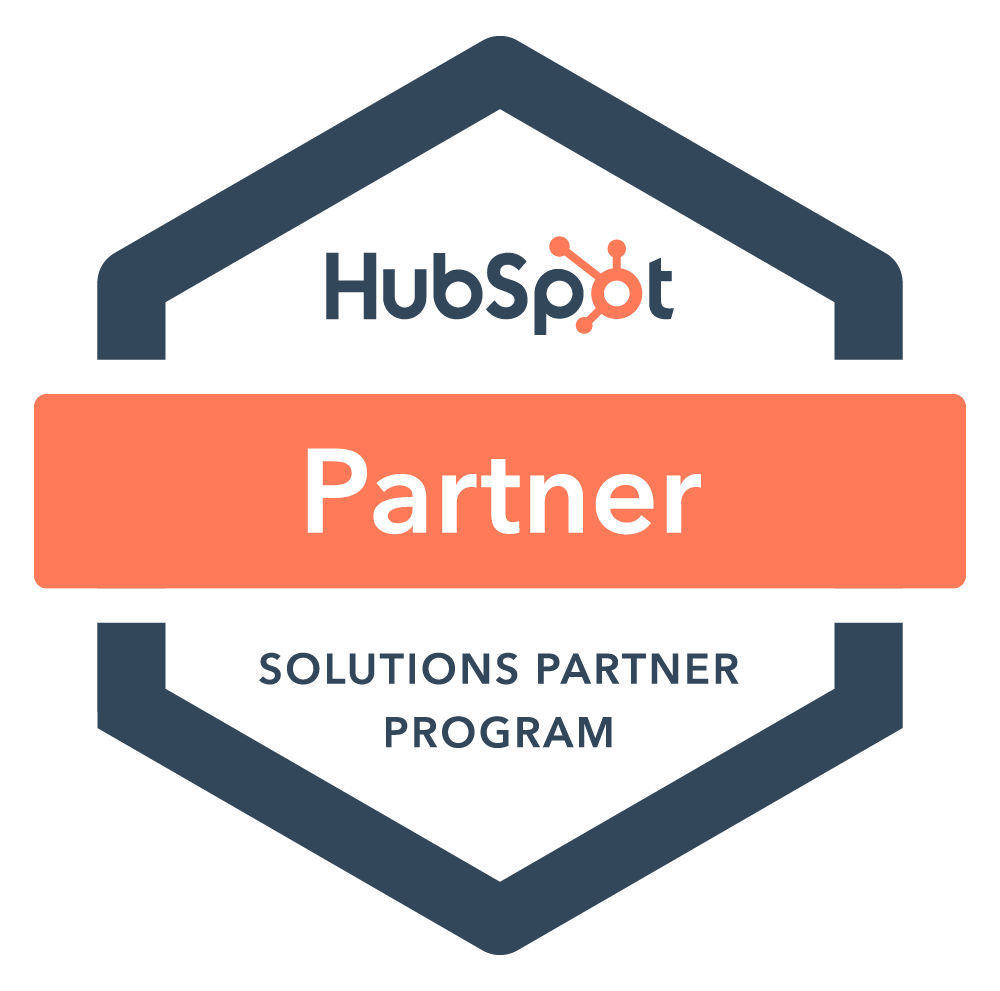Nurture emails turn interest into action. Here’s a quick-start guide to building trust, driving conversions, and keeping your subscribers coming back via nurture email.
One of the most effective forms of marketing is what you find in your inbox.
Email marketing connects founders to their prospects, creating limitless opportunities to educate and build trust.
It’s how you turn a sign-up into a subscriber. A subscriber into a buyer. A buyer into a champion.
It’s the difference between tapping someone on the shoulder and continuing the conversation once they’ve turned to face you.
Let’s look at how nurture emails help you do that—and why they’re so important in your go-to-market strategy.
What Is Email Marketing?
At its simplest, email marketing is how you communicate with people who’ve said, “Sure, I’ll hear more.”
It could be someone who downloaded a free guide, used your free tool, or bought your software last year and hasn’t logged in since.
The key difference vs. cold email is consent. Email marketing operates on permission.
That permission gives you an edge. Email marketing remains one of the highest ROI marketing channels—generating $42 for every $1 spent.
You'll scale when you combine it with good segmentation, personalization, and automation. As HubSpot's email report shows:
"The most effective strategies for email marketing campaigns are subscriber segmentation (78%), message personalization (72%), and email automation campaigns (71%).
Why Founders Should Care About Nurture Emails
If you’re a founder in a small team, you don’t have time to chase every lead. Nurture emails work for you in the background.
Done right, they do three things:
- Educate – Explain your product, perspective, and unique approach.
- Build trust – Show up consistently, be helpful, and do not push too hard.
- Move people forward – Nudge subscribers from problem-aware to solution-ready.
They warm up cold leads, activate free accounts, and retain paying users. They do it without the need to book a demo or write another tweet. That's non-linear growth.
The Role Of Nurture Marketing In Building Trust
Trust doesn’t come from one email or one campaign.
It comes from the pattern people see when they interact with your brand over time: your tone, your honesty, and your helpfulness.
That’s where nurture emails shine.
When someone joins your list, you can:
• Welcome them with your story.
• Share use cases that match their role.
• Help them overcome common objections before they even ask.
• Proactively answer questions your buyers are Googling (or asking ChatGPT).
It's playing the long game, and in 2025, with switching easier than ever, that matters.
The Different Types Of Nurture Emails
Not all nurture emails do the same job. Here’s how to think about the four main types:
1. Welcome emails
These are sent after a sign up. They introduce your brand and set expectations. These emails typically see open rates above 60%, making them prime real estate.
2. Education sequences
You’ve got a framework and a point of view. Break it into bite-sized lessons. These will help prospects “get it” and see how your solution fits.
3. Product-focused nurture
Feature highlights. Case studies. New integrations. These help users connect the dots between what your product does and what they’re trying to achieve.
4. Reactivation emails
If someone hasn’t opened an email or used your tool in a while, don’t write them off. Use automation to ask if they still want to hear from you. You’ll either re-engage or clean your list—both are wins.
Useable Examples Of Nurture Emails
Here’s a sample email for each type of nurture email we covered. These aren’t templates—they’re starting points you can shape to match your tone and product.
1. Welcome email
Subject: Welcome aboard – here’s what to expect
Hi [First Name],
I'm [Your Name.] I started [Your Company Name] because I noticed that [the problem you solve] is not being dealt with effectively by [your competitors/ alternatives].
Over the next few days, we’ll share short emails showing how people like you use [Product] to [core value].
There’s no fluff: just real examples and helpful steps.
First up, here’s a 2-minute walkthrough of the tool [link]
Talk soon,
[Your Name]
Founder, [Product]
If you’re a founder, especially in a small team, you don’t always have time to chase every lead. Nurture emails work for you in the background.
2. Educational email
Subject: Why most [role] don’t solve [problem] the first time
Hi [First Name],
We see it all the time: [describe a familiar mistake].
That’s why the best [buyer persona] does three things differently:
1. [Tactic 1]
2. [Tactic 2]
3. [Tactic 3]
We break this down in a quick read [link to blog or resource]
Hope it helps.
[Your Name]
3. Product-focused email
Subject: New feature: [Feature Name] now live
Hi [First Name],
We’ve just launched [Feature Name]—a faster way to [job-to-be-done].
Here’s what you can do:
• [Use case 1]
• [Use case 2]
Log in to try it now [CTA]
It’s live for all plans starting today.
Cheers,
[Your Name]
4. Reactivation Email
Subject: Still interested in [Problem]?
Hi [First Name],
We noticed you haven’t logged in for a while.
If now is not the right time, no worries. But if you’re still looking to [goal], we’ve got a short guide that might help [guide link]
If you’d rather stop hearing from us, hit unsubscribe at the bottom.
All the best,
[Your Name]
5 Steps To Get Started With Nurture Emails
Don't start by writing copy if you want nurture emails to work.
Start with what, who, and why.
1. Define The Goal Of Your Nurture Sequence
Every nurture sequence needs a job. Define the goals of the nurture.
Some examples:
• Drive free users to activate features
• Convert trials to paid
• Generate referrals from power users
• Get attention on new research or product launches
• Increase ARPU through upsell/cross-sell paths
When you know your goal, you can measure what matters.
2. Know Your Ideal Customer Profile (ICP)
Your emails will only work if they speak to people who need what you’re building. Your ICP is the company-level fit: size, industry, pain point, budget, and use case.
This helps you avoid sending onboarding emails to the wrong segment or product updates to a user who doesn’t care.
3. Segment Based On Buyer Personas
Not all users want the same thing. Leverage the buyer personas you've built for your ICP.
Using that information, you can alter messaging and nurture content:
• A founder wants business value.
• A marketer wants tools and tactics.
• A developer wants to know if your product integrates easily.
Segment your nurture emails around this. Use your CRM to tag users based on job title, behaviour, or product usage.
This ensures your emails feel helpful, not generic.
4. Use Miro To Map Your Flow
Miro is your friend. I love it. It's the best replacement for a whiteboard, and free to use.
Using sticky notes and arrows, you'll quickly get a great bird's-eye view of the nurture sequence and help avoid duplication for prospects.
Create a simple nurture map that answers:
• Where are users in their journey?
• What action do we want them to take next?
• What content helps bridge that gap?
Mapping this visually stops you from sending too much too soon—or too little too late.
5. Choose An Email Automation Tool
The technology used for email marketing matters. You want to trigger emails that use the data and actions of your prospects. There are many options, and these include:
| Tool | Best for |
| Customer.io | PLG teams. Great for event-based triggers, user paths, and behavioural segmentation. |
| Mailchimp | Good for content-heavy teams. Clean UI, drag-and-drop builder. Pairs with eCommerce too. |
| HubSpot | All-in-one CRM + email. Excellent for marketing, sales, and support in one place. |
| ActiveCampaign | B2B SaaS with sales motions. Strong automation and CRM syncing. |
| Kit | Simpler setups. Built for creators and bootstrapped SaaS teams. |
| Ortto | Visual journey builder. Combines product data and campaigns well. |
| Userlist | Built for SaaS. Lifecycle messaging, user segmentation, and product triggers built in. |
Most of these let you:
• Pull CRM fields into your emails
• Use behavioural triggers (logins, clicks, inactivity)
• Track conversions across each step
Start with one. Build a small flow. Learn. Then scale.
Nurturing Builds Trust
When you look at your go-to-market strategy, email is the thread that pulls it together.
- It links your content to conversions.
- Your product to the user.
- Your story to the buyer.
Not with everyone. But with the people most likely to buy. And most likely to stay.
So don’t treat email as a box to tick. Use it to be helpful, show up, and build the kind of trust that turns subscribers into customers.
For more advice on your go-to-market, sign up for the theorytwenty7 newsletter. We share what works in early-stage marketing—and how to do more of it, minus burn out.

James Milsom
When I'm not spending time quoting What We Do In The Shadows, The Office, or Parks and Rec, I'm watching the Georgia Bulldogs (Go Dawgs!), walking our dog Crosby with my wife, McKenzie, or geeking out on tech. I find time to eat, sleep, and work out too (honest!)






